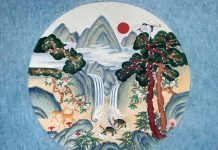(TAT) Local wisdom holds a highly respected place in communities of all sizes throughout Thailand, employing knowledge and traditions that are faithfully passed on from generation to generation. It’s applied in various areas of everyday life, including health and wellness. Particular locations or attractions are often renowned for a certain expertise or wisdom; such as, the following in each of the kingdom’s five regions.
Central Region – Abhaibhubejhr Day Spa and Museum in PrachinBuri
PrachinBuri province is known for its herbal plants and traditional Thai medicines, and is often referred to as Thailand’s herbal city. A lot about medical local wisdom can be learned here and an interesting place to start is the Abhaibhubejhr Thai Herbal Medicine Museum which – much as its name suggests – is dedicated to preserving and showcasing traditional Thai medicine knowledge.
This building of Baroque architectural style in PrachinBuri town was once used as a reception hall for King Rama VI and other members of the Royal Family. It now houses Thai herbal medicine textbooks, folk medicine items and old medicine-making equipment.
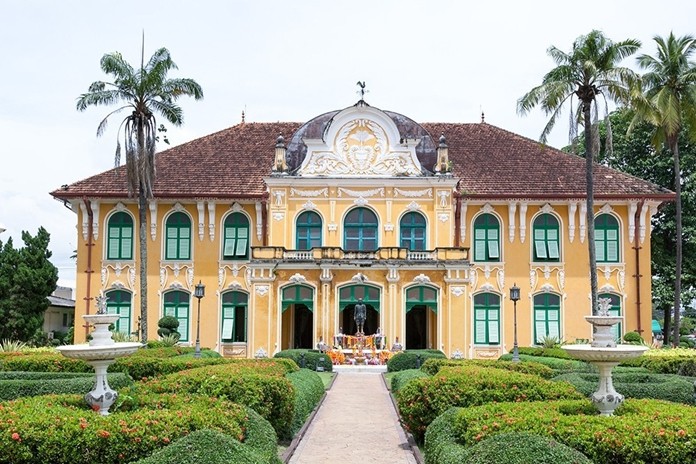
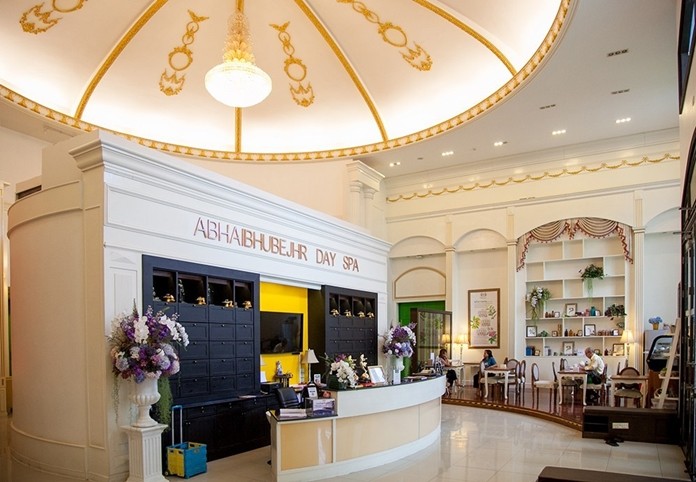
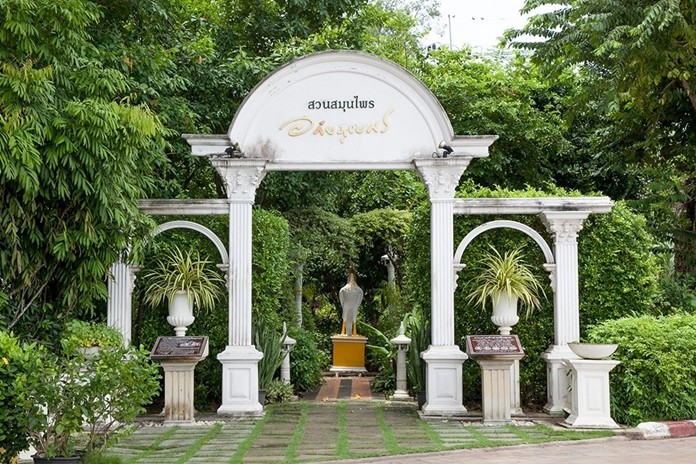
There’s also a traditional Thai drugstore, which emanates a historical ambience with its old medical cabinets, drug counter, herbs cabinet and glass jars used for macerating herbs. Visitors can purchase the Abhaibhubejhr brand of processed herbal medicine.
After having explored the Museum, visitors can make their way to the Abhaibhubejhr Day Spa. This was created as part of a social enterprise and provides spa services and treatments. Visitors may, for example, like to try the ‘Pao Ya’ abdominal fire therapy, which is a traditional treatment that helps decrease indigestion and allergies.
The Northeast – Buddhist Meditation Retreats
Those interested in doing a Buddhist meditation retreat may choose to do so at a temple in Northeast Thailand. Many of the monasteries in the Northeast fall under the Thai forest tradition, in which monastics aim to live as closely to how the Buddha lived as possible. Hallmarks of this tradition include living in the forest, using the human body as a meditation subject and maintaining mindfulness in all activities.
A multi-day retreat typically involves rising at 05.00 Hrs., not eating after noon, staying in basic accommodation, wearing non-revealing white clothes and following the Eight Precepts or in some cases only the Five Moral Precepts and possibly performing daily chores. There is usually a mix of seated and walking meditation along with listening to Dhamma talks and meeting with instructors.
For those concerned about possible communication issues, Wat Pah Nanachat in UbonRatchathani is a forest temple that uses English as the primary language. The day starts particularly early though – at 03.00 Hrs. – and men who stay longer than a week are expected to shave their heads and eyebrows.
The South – Ranong Hot Springs
Ranong’s hot springs have long been reputed for their medicinal properties and this, together with their rustic outdoor appeal, see them continue to draw both foreign and Thai visitors. The springs, of which the closest are a convenient 2 kilometres from Ranong town in Raksawarin Park, are probably the most popular attraction in the surrounding area.
Set in the pleasant park landscape, there are three natural springs offering differing water temperature from a soothing 40 degrees Celsius up to a rather hot 65 degrees Celsius. The springs were remodelled in recent years and this prompted the opening of several small boutique hotels nearby, which cater to visitors seeking a hot springs dip in the spirit of health and wellness.
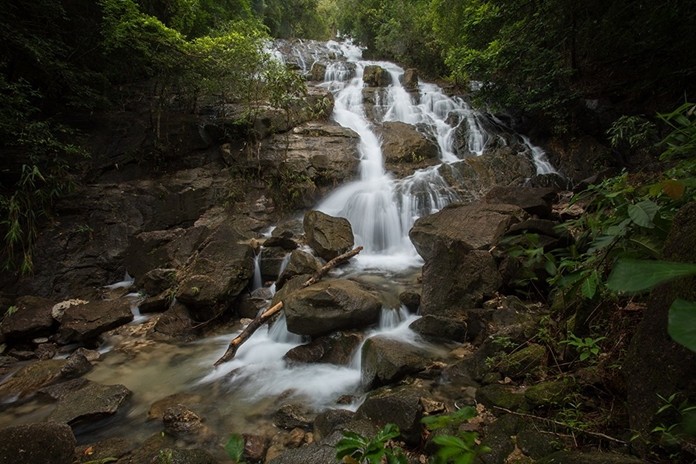
A bit further out of town is the Pornrang Hot Springs, a quieter spot situated just inside the Ngao Waterfall National Park. There’s a river running close by the hot springs which present the opportunity to take a dip in this cool water and then go over to the spring to warm up.
The East – Chong Chang Tune Live Ecomuseum in Trat
These days the different types of massage available are as varied as the multitude of herbs and oils that can be used in the treatments. Thus, it takes something quite out-of-the-ordinary to stand a particular massage apart from the rest.
Sitting encompassed in a chicken coop with just your head poking out of the top for an herbal steam bath in a tropical Thai countryside setting surely must qualify. This is an exotic treatment that can be enjoyed at Chong Chang Tune Live Ecomuseum, located in Bo Rai district around 50 minutes by car from Trat town.
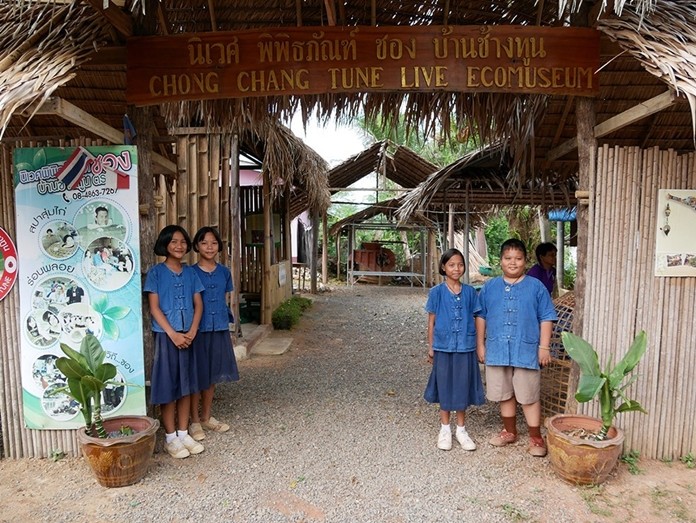
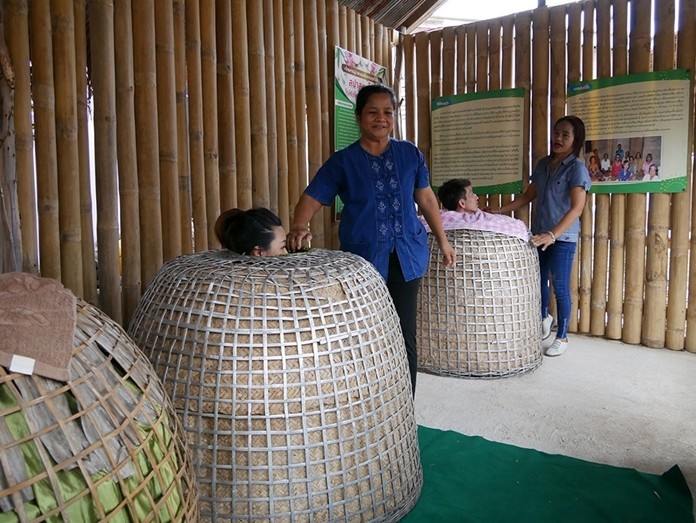
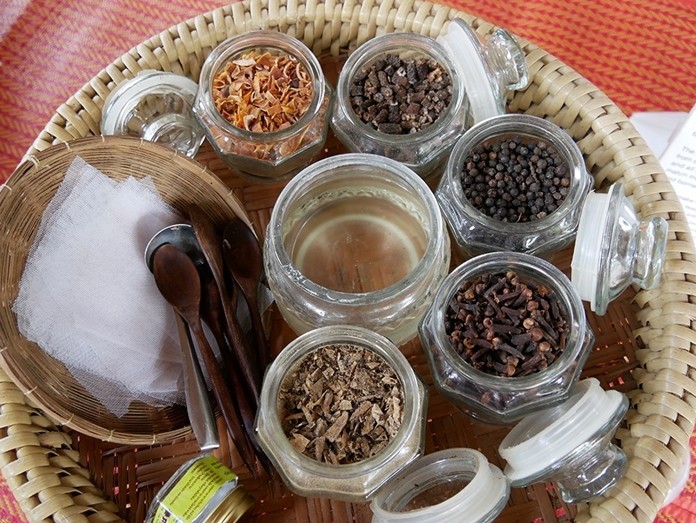
The rather unique treatment is a highlight of the ‘living museum’ experience that’s on offer to visitors by the local Chong community incorporating local wisdom. The herbs used in the chicken coop steam bath, for example, are gathered from the village’s surrounding countryside. And following the steam bath, there’s a white fragrant mud body scrub in the nearby river.
The North – Ban Rai Kong Khing in Chiang Mai
‘Yam Khang’ is a traditional Lanna-style massage technique that’s been passed down through the generations. Also known as Thai traditional fire therapy, it involves the masseuse (normally men) using the soles of their feet – which they have dipped in healing herbs and oils and heated in a precise way – on the pressure points of the body. The treatment is aimed at relieving muscles, tendons and bone pain and also numbness.
You won’t, however, find the Yam Khang massage widely available. It’s considered somewhat of a sacred practice and only certain places will offer this.
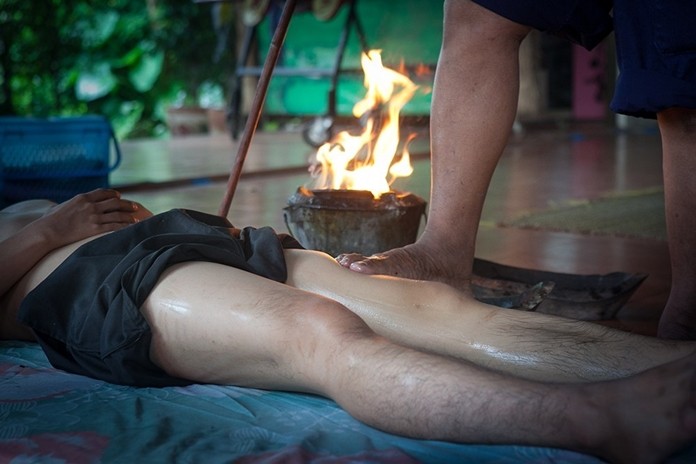
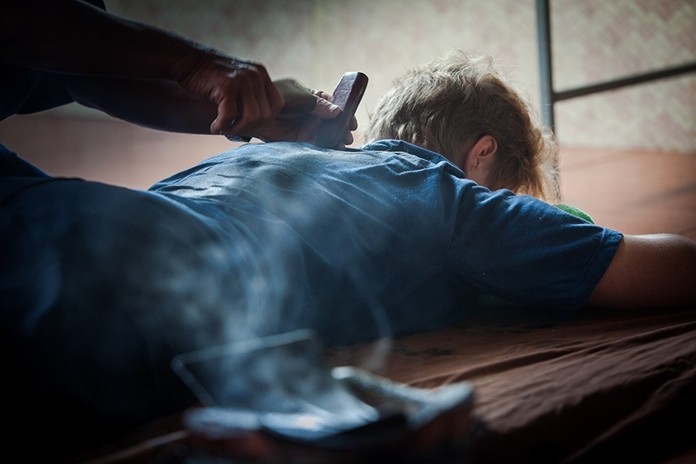
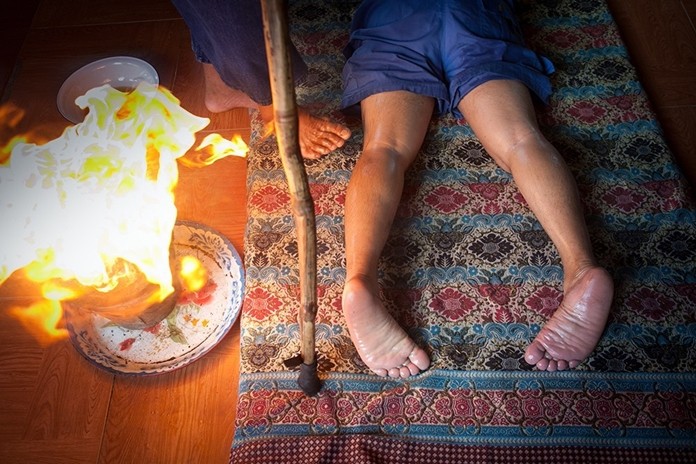
Ban Rai Kong Khing in Hang Dong district around a 30-minute drive from Chiang Mai city is one place you can experience Yam Khang. A community-based tourism initiative, the village has been recognised with awards for its approach to sustainable development and as an outstanding Lanna cultural experience.
There are some 700 families involved in the initiative, and visitors to the village will notice how it indeed feels like a community. Everybody pitches in, some working as guides, some cooking and others tending to livestock and various other roles. This paves the way for a number of activities that can be enjoyed at Ban Rai Kong Khing in addition to the Yam Khang massage; such as, learning to cook local dishes, making handicrafts and exploring the area on bicycle.
 |
 |
 |





